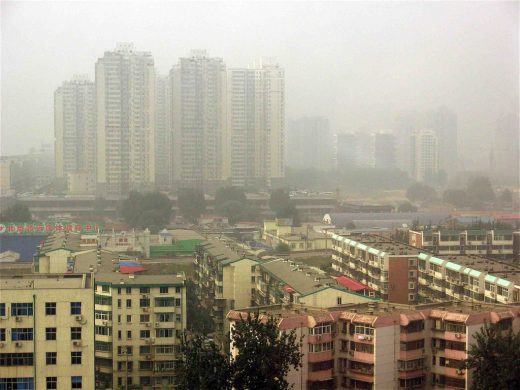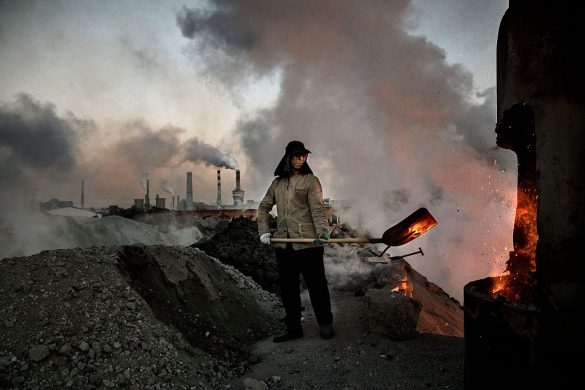China aims to become a global leader in climate action by setting up the biggest Carbon Trading Scheme (CTS) worldwide as an attempt to meet 2030 peak emissions target.
The second largest emitter in the world, entered the final stage of the scheme’s preparation last July- a project it has been working since 2013 with the help of seven provincial pilot schemes.
The market will be unprecedented in its scale and complexity, and is expected to officially launch by November 2017 the earliest.
The pilot schemes operate in Beijin, Chongqing, Guangdong, Hubei, Shanghai, Shenzhen and Tianjin, which together account for approximately 25% of the national GDP.
Different results
In their fourth operational year, these markets show different performance results, according to a research published in ScienceDirect, but have accumulated practical experience in carbon trading markets.
Hubei holds 55,12% of the total carbon market share and is ranked the best in both maturity and performance.
Guangdong holds 16,5% of the share, and comes second in maturity but third in performance.
Last in both maturity and performance comes Chongqing , which holds 1,08% of the market share.
As of June 30, the aggregated carbon turnover was 446m tons- totalling 100,71 billion Yuan in value.
Covering three industries
Building on these pilot schemes, China has envisioned setting up a national one, so far only covering three industries- power, cement and aluminium.
Richard Sandor, Chairman and CEO of Environmental Financial Products LLC, named as ‘father of carbon trading’ by Time Magazine, encouraged Hong Kong to contribute towards helping China’s low-carbon development.
“If you marry environmental objectives with its well-developed financial system, I am very optimistic that Hong Kong will, can and should be a laboratory for all of China”, Sandor said.
The big challenge that China faces is how to incorporate these seven pilot schemes into a nationwide regime, considering the carbon price disparity between the pilot schemes, their varying features and different performance results.
In addition, significant challenges lie in terms of proper measurement, reporting and verification of all the emissions data.
Analysts are confident that regulations will be enforced to secure transparency and efficiency since the Chinese leadership has shown strong political will in the country’s transition to a low-carbon economy.















